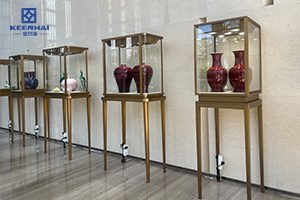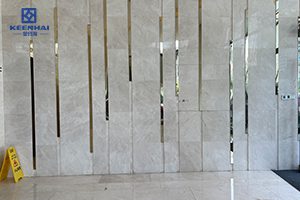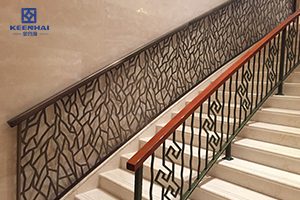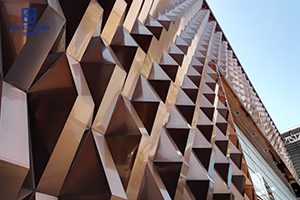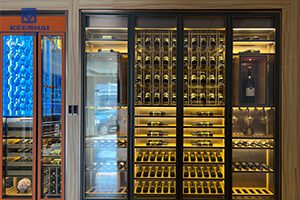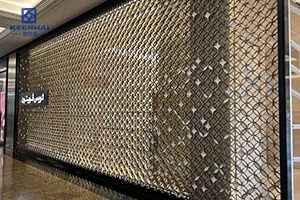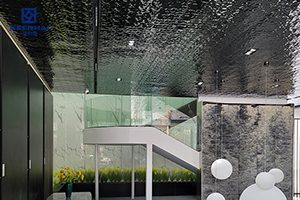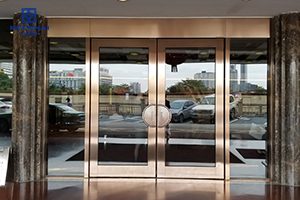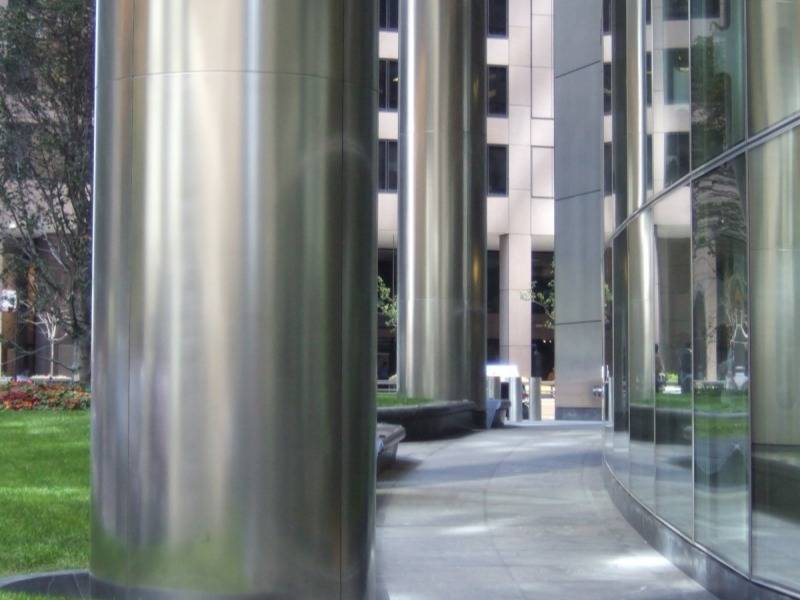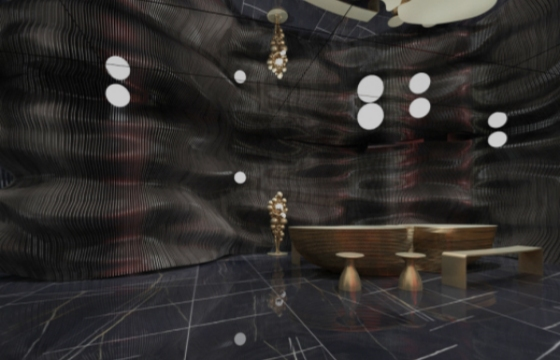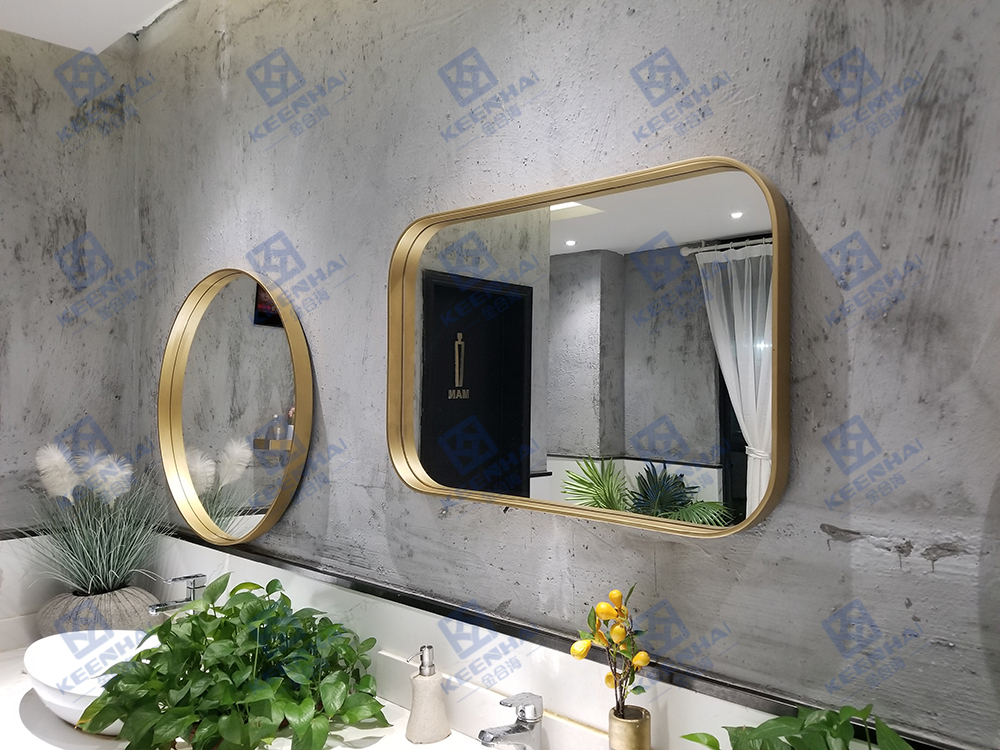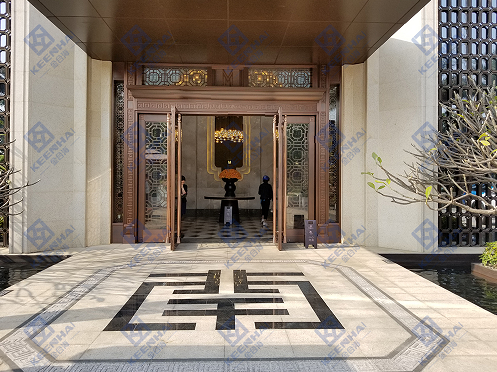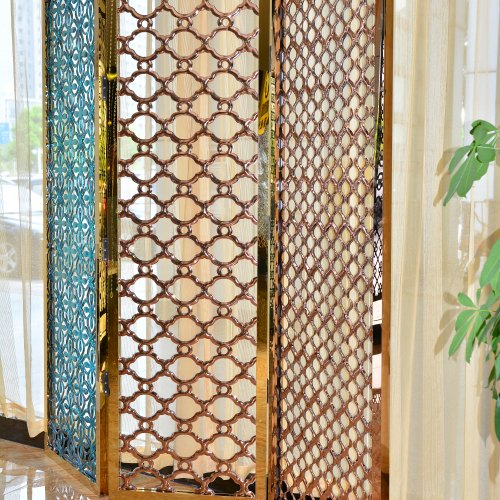SS Material
As global demands for more sustainable and resilient architecture increase, the search for materials contributing to environmentally friendly, durable, and low-maintenance buildings becomes more crucial. Among these, SS (stainless steel) stands out as a key construction material that ensures longevity and supports sustainability. In this article, we will explore how SS material plays a significant role in building sustainable and long-lasting structures, focusing on its durability, sustainability features, and practical applications in modern architecture.
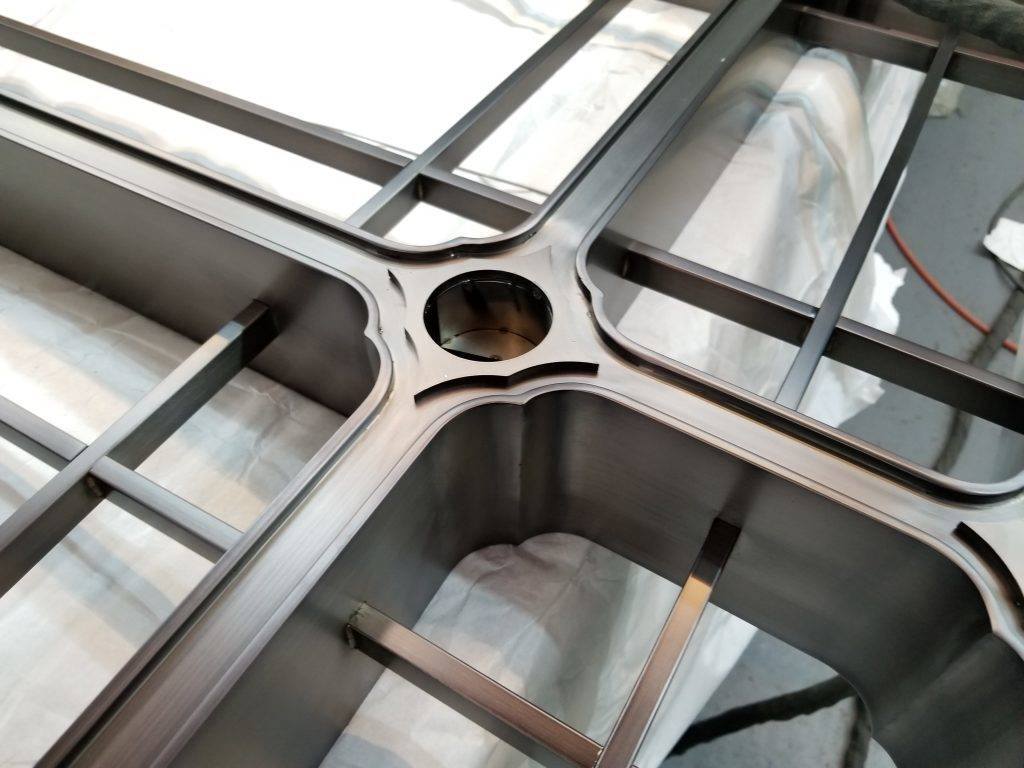
Understanding SS Material
Definition of SS Material
Stainless steel (SS) is a metal alloy primarily composed of iron, with a minimum of 10.5% chromium, and varying amounts of nickel, molybdenum, and other elements. The chromium content forms a passive oxide layer on the surface, giving stainless steel its distinctive corrosion resistance. This property is what makes SS suitable for harsh environments, such as marine or industrial settings.
Types of SS Materials
There are various grades of stainless steel, each designed for different applications. The most commonly used grades include:
- Grade 304: Known for its versatility and resistance to corrosion, often used in kitchen appliances, piping, and construction.
- Grade 316: Known for its superior corrosion resistance and is typically used in marine environments, chemical processing, and medical instruments.
- Grade 430: A ferritic stainless steel commonly used for decorative and architectural applications, where high corrosion resistance is not as critical.
Key Characteristics
Stainless steel is celebrated for several defining characteristics:
- Corrosion Resistance: The oxide layer formed on the surface makes SS resistant to rust and tarnishing, even when exposed to moisture, air, or harsh chemicals.
- Strength: Stainless steel is extremely strong, with a tensile strength that makes it ideal for structural components.
- Low Maintenance: SS requires minimal upkeep, which translates to fewer repairs over time, contributing to cost-effectiveness.
- Aesthetic Appeal: Stainless steel’s smooth, shiny surface is also known for its modern, sleek look, making it a popular choice in both exterior and interior design.
Durability of SS Material
Resistência à corrosão
One of the most significant advantages of SS is its outstanding ability to resist corrosion. The chromium oxide layer on the surface forms a protective barrier against environmental elements, ensuring that SS does not corrode even when exposed to saltwater, acidic or alkaline substances, or extreme temperatures. This makes it ideal for environments such as coastal regions, chemical processing plants, and areas with harsh weather conditions.
Longevity
Stainless steel is known for its longevity. Unlike other materials such as carbon steel or aluminum, which may degrade over time or need frequent replacements, SS retains its strength and appearance for decades. It’s not uncommon to see stainless steel structures such as bridges, high-rise buildings, and public infrastructure that have been in service for over 50 years, maintaining their original functionality with little to no deterioration.
Impact on Structural Integrity
SS material contributes significantly to the structural integrity of buildings and infrastructure. Its high tensile strength makes it ideal for supporting heavy loads, while its ability to withstand stress without warping or cracking ensures long-term stability. This makes stainless steel a vital material in projects where safety, strength, and longevity are paramount, such as skyscrapers, bridges, and tunnels.
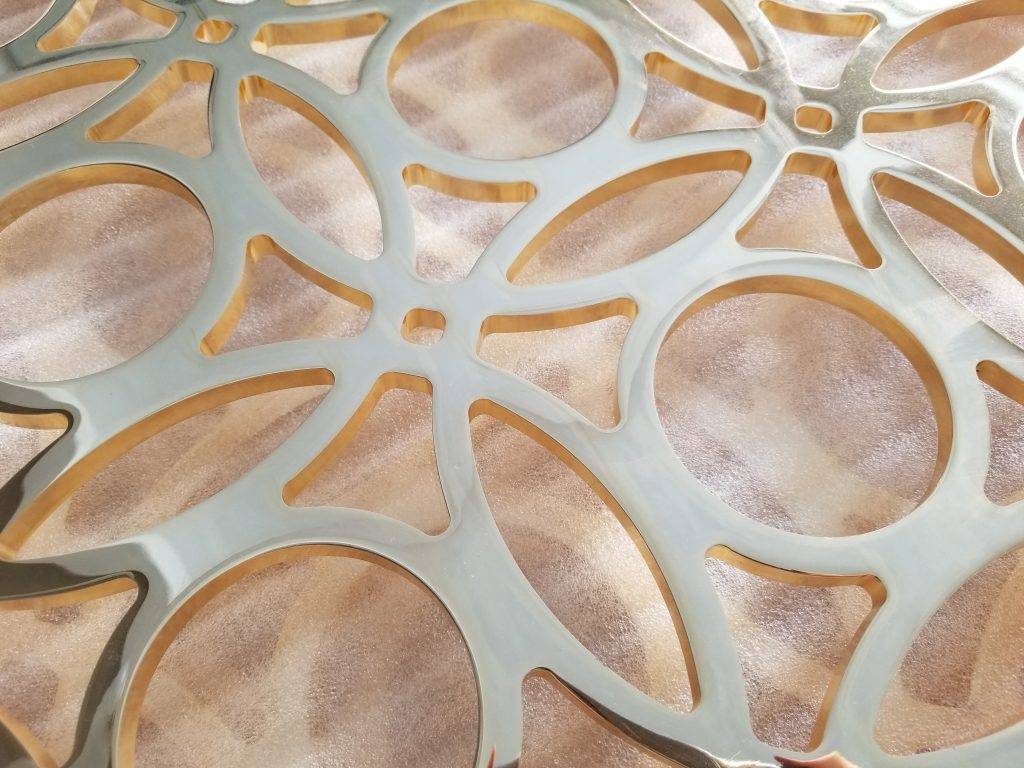
SS Material and Sustainability
Recyclability
Stainless steel is 100% recyclable, making it an excellent choice for promoting a circular economy. Once a structure made of stainless steel has reached the end of its life cycle, the material can be recycled and repurposed without any degradation in quality. This significantly reduces the environmental impact associated with mining and processing new raw materials, making SS an environmentally responsible choice for construction.
Low Environmental Impact
The production of stainless steel has improved over the years, with energy-efficient technologies reducing its carbon footprint. For example, using recycled stainless steel to produce new products requires less energy compared to manufacturing from virgin materials. Additionally, advancements in SS production methods, such as the use of electric arc furnaces, have further minimized environmental damage during the manufacturing process.
Eficiência Energética
Stainless steel has excellent thermal resistance properties. It can withstand high temperatures without compromising its structural integrity, which is beneficial in reducing the energy required for heating and cooling in buildings. Stainless steel cladding, for example, can contribute to better insulation, helping maintain a comfortable interior temperature and reducing energy consumption. In colder climates, its reflective surface can also help minimize heat loss, while in hot climates, it can reflect solar radiation, reducing the need for air conditioning.
Architectural Applications of SS Material
Structural Components
Stainless steel’s high strength and resistance to environmental factors make it a popular choice for structural elements in buildings, such as beams, columns, and reinforcement bars. Its ability to resist corrosion ensures that the steel components remain strong and stable, even in harsh environments, which is essential for ensuring the safety and durability of a structure over time.
Cladding and Facades
Stainless steel is widely used in architectural cladding and facades due to its modern aesthetic and functional benefits. Its reflective, shiny surface adds a sleek, contemporary look to buildings, while its corrosion resistance ensures that the facade remains intact for decades without the need for frequent repairs. Additionally, the material can be molded into a variety of shapes, allowing architects to design unique, visually striking structures that are both beautiful and practical.
Infrastructure
Stainless steel plays a vital role in infrastructure projects such as bridges, tunnels, and railway systems. These structures often face challenging environmental conditions, such as exposure to saltwater, extreme weather, and heavy loads. Stainless steel’s ability to withstand these stresses while maintaining structural integrity ensures that infrastructure projects last longer and require less maintenance.

Cost-Effectiveness of SS Material
Initial Investment vs. Long-Term Savings
While stainless steel may have a higher initial cost compared to other materials like aluminum or carbon steel, the long-term savings are substantial. Due to its durability, SS structures require fewer repairs, less maintenance, and infrequent replacements. In the long run, this lowers the total cost of ownership, making stainless steel a more cost-effective option over the life of a building or infrastructure.
Lower Maintenance Requirements
Stainless steel is easy to maintain, requiring minimal cleaning and upkeep. Unlike wood or other materials that may suffer from rot, decay, or corrosion over time, SS maintains its appearance and performance with only occasional cleaning. This significantly reduces the need for costly repairs and upkeep, saving both time and money over the life of a project.
Future Trends in SS Material and Sustainable Architecture
Innovations in Stainless Steel Production
Ongoing innovations in stainless steel production, such as the development of more energy-efficient production methods and the use of alternative materials in the manufacturing process, will further reduce the environmental impact of SS. These advances will make SS even more sustainable and cost-effective in the future.
Growing Use in Green Building
As sustainable architecture continues to grow in popularity, the use of stainless steel will likely increase. Its ability to meet green building standards, such as LEED certification, and its environmental benefits will make SS a staple in eco-friendly construction projects.
Customization and Innovation
The versatility of stainless steel allows for customization in design, whether for aesthetic purposes or to meet specific functional requirements. Future trends may see even more innovative uses of SS, such as self-healing materials or coatings that improve its performance and durability in challenging environments.
Conclusão
In conclusion, stainless steel is a material that offers significant advantages when it comes to creating sustainable and long-lasting structures. Its exceptional durability, resistance to corrosion, low maintenance needs, and environmental benefits make it an ideal choice for architects, engineers, and construction professionals looking to build resilient and eco-friendly buildings and infrastructure. As technology advances, the role of stainless steel in sustainable architecture will continue to grow, helping to shape the future of construction in an environmentally conscious world.
contact us
Você pode visitar nosso site para mais informações ou nossa página do Facebook para as últimas atualizações e destaques do projeto. Se você tiver alguma dúvida ou solicitação de colaboração, sinta-se à vontade para entrar em contato conosco, e ficaremos felizes em ajudar você!


